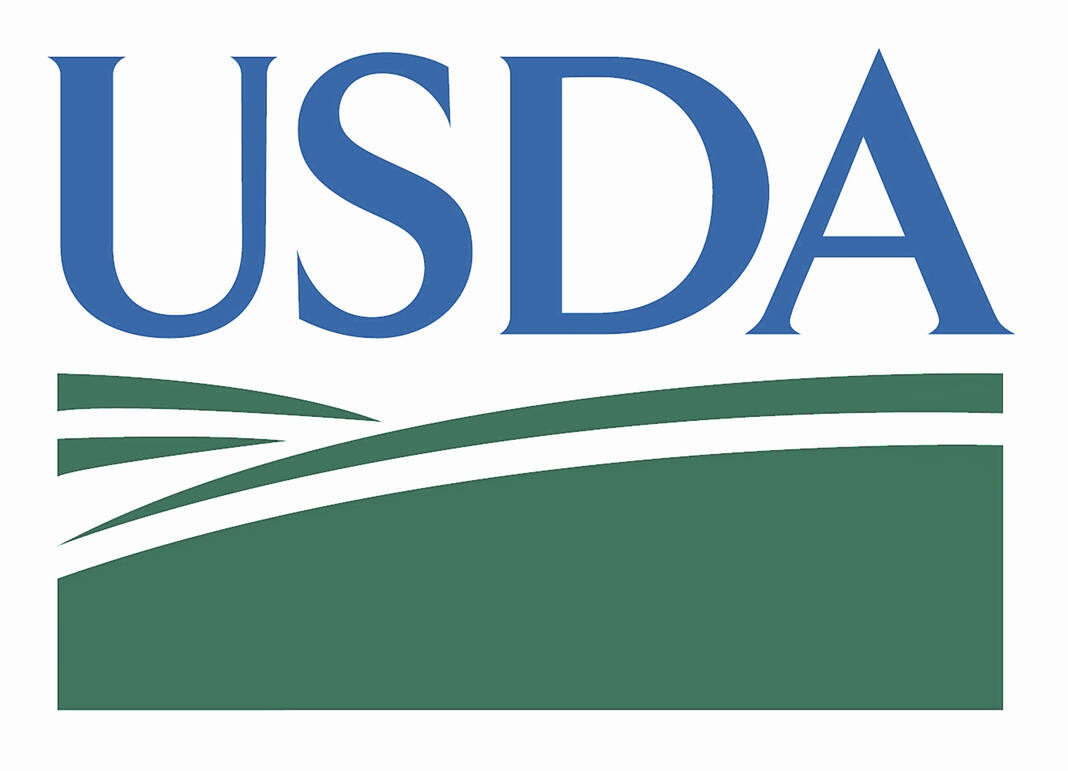
Agricultural producers and landowners in Indiana interested in conservation opportunities for their land in exchange for yearly rental payments may find many possibilities through the U.S. Department of Agriculture’s Continuous Conservation Reserve Program.
This option offers conservation benefits similar to others, such as general and grassland CRP, but also offers unique flexibility and several program choices, according to a news release from the USDA-Indiana Farm Service Agency office in Indianapolis.
“Creating sound conservation and climate-smart options for the agricultural community are top priorities for us,” said Julia A. Wickard, state executive director for FSA in Indiana. “Continuous CRP is one of the best ways we can do that because it offers so many options. Producers across the country are currently participating in continuous CRP with more than 8.2 million acres enrolled, proving that agriculture and conservation can be strong partners.”
The long-term goal of all CRP opportunities is to re-establish valuable land cover, helping to improve water quality, prevent soil erosion and reduce loss of wildlife habitat. Farmers enrolled in the program agree to remove environmentally sensitive land from agricultural production and plant species that will improve environmental health and quality in exchange for a yearly rental payment.
Under the program, producers and landowners can enroll throughout the year. Offers are automatically accepted provided the producer and land meet the eligibility requirements and the enrollment levels do not exceed the statutory cap. The Climate-Smart Practice Incentive also is available in the continuous signup.
There are several enrollment options including:
State Acres for Wildlife Enhancement: The initiative restores vital habitat in order to meet high-priority state wildlife conservation goals.
Highly Erodible Lands Initiative: Producers and landowners can enroll in CRP to establish long-term cover on highly erodible cropland that has a weighted erodibility index greater than or equal to 20.
Conservation Reserve Enhancement Program: Working with conservation partners, CREP leverages federal and non-federal funds to target specific state, regional or nationally significant conservation concerns.
Farmable Wetlands Program: Producers and landowners can enroll land in CRP to restore previously farmed wetlands and wetland buffers, improving both vegetation and water flow.
USDA continues to improve conservation programs by looking for opportunities to broaden reach and accessibility for producers and landowners. The department has enhanced continuous CRP by expanding CLEAR30 from two pilot areas to nationwide availability and repositioning SAFE within continuous CRP to give producers and landowners more opportunities to participate.
In addition, the department has improved CREP by creating flexibilities within CREP for partners to provide matching funds in the form of cash, in-kind contributions or technical assistance, adding staff to work directly with partners and partnering with three Tribal Nations for the first time ever to help conserve, maintain and improve grassland productivity while reducing soil erosion and enhancing wildlife habitat.
To sign up, producers should contact the FSA at their local USDA Service Center. In Jackson County, that office is located at 1350 Woodside Drive in Brownstown, and the number is 812-358-2367.
Signed into law in 1985, CRP is one of the largest voluntary private lands conservation programs in the United States. It was originally intended to primarily control soil erosion and potentially stabilize commodity prices by taking marginal lands out of production. The program has evolved over the years, providing many conservation and economic benefits.
USDA offers producers many conservation choices
